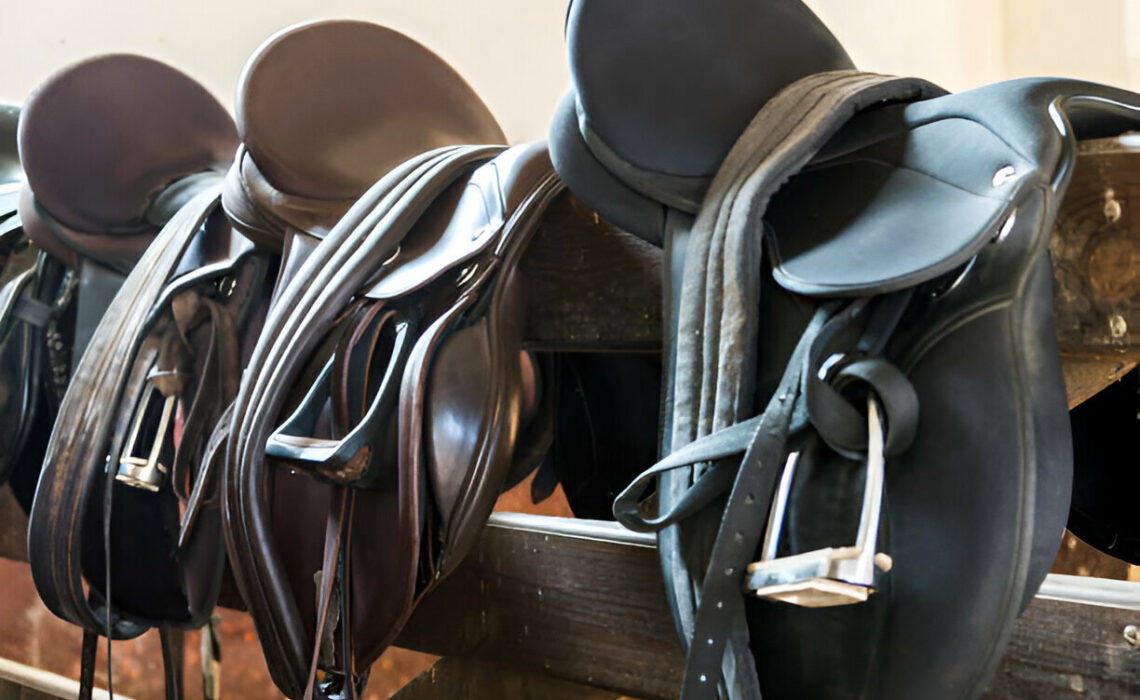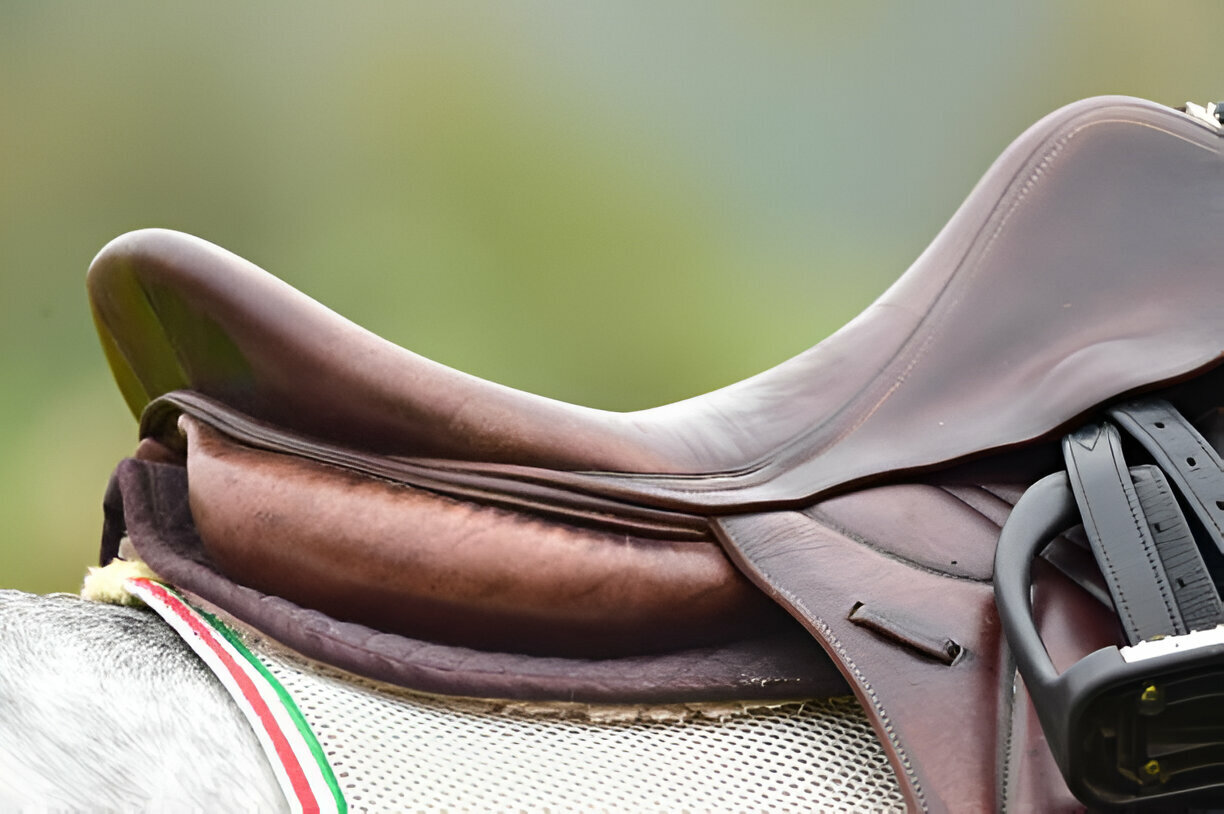
Horse riding is more than a mere sport; it’s a practice steeped in culture, tradition and a relationship with centuries-old history. An integral part of this tradition is the saddle, an essential tool for the rider, which comes in two major types: full-breed and half-breed saddles. Choosing the right type of saddle is crucial for a comfortable ride and can significantly influence a rider’s performance. This post will delve into the intriguing division between half breed and full breed saddles, their unique characteristics, and their roles in the enthralling world of horse riding.
The Fabric of Full Breed Saddles
Full breed saddles are a classic component of equestrian culture. Born out of European traditions, they have deeply rooted origins with popular variants like English and Dressage saddles being widely used in competitive riding and hunting. Full breed saddles are designed predominantly for equine comfort and are noted for their soft, deep seat that offers close contact with the horse, leading to better command and control for the rider.
These saddles are tailored for specific activities, with different designs catering to jumping, dressage, and hunting. Their distinguishing feature is the absence of a horn for dallying a rope, which makes them highly suitable for horseback sports where speed, agility, and precision are of the essence. Such specificity has allowed full breed saddles to carve a niche in the world of professional horse riding.
Half Breed Saddles a Modern Interpretation
The half breed saddle represents a harmonious blend of tradition and modernity. It melds the close contact and refined design of European full breed saddles with the durability and versatility of Western saddles. The result is a product uniquely suited for contemporary riders, combining comfort, style, and utility in equal measures.
The fusion of these two iconic saddle types has brought forth a new player in the world of horse riding, leading to wider acceptance and popularity. As a result, these half breed saddles have carved their own niche in the equestrian community, with riders from diverse disciplines appreciating their versatility and performance enhancement.

The Material World
Saddlemaking is a combination of art, craft, and science – and the material used forms the soul of this trinity. Full breed saddles were traditionally crafted from quality leather. The use of leather lends class and comfort, but it also ensures durability and aids in the saddle’s ability to mould to both the rider and the horse’s shape.
Half breed saddles, in contrast, embrace more modern materials like synthetic fibres in addition to leather. This amalgamation results in a saddle that is lightweight, easy to maintain, and less affected by weather conditions. Irrespective of the material used, the chosen fabric significantly contributes to the saddle’s performance, durability, and comfort.
Comparing Full Breed and Half Breed Saddles
A comparison between full breed and half breed saddles presents an interesting dilemma. Full breed saddles, with their defined seats and specialist applications, are a favourite for competitive and professional riders. Their design ensures horse comfort, close contact and better control for the rider.
On the other hand, half breed saddles, with their fusion of Eastern and Western characteristics, offer versatility. They are comfortable to ride, easy to manage and withstand diversified riding styles. While both types offer high levels of comfort, the choice between them often boils down to personal preferences, specific needs, and intended use.
Choose Your Breed: A Buyer’s Guide
Choosing the right saddle can be daunting for prospective buyers. Pay close attention to your individual needs, including the intended riding style, the breed and size of your horse, and your budget. If you’re a professional rider focusing on horse comfort and competition, a full breed saddle might be the best choice for you.
However, if durability, versatility, and low maintenance are your priorities and you engage in a variety of riding styles, a half-breed saddle would suit you better. Consider consulting with an experienced saddle fitter to ensure a perfect match for both you and your horse.
Half Breed or Full Breed Saddles
Recent trends reveal a surge in half breed saddle preferences globally, including Australia. Although the traditional full breed saddles are still favoured by professionals and competition riders, the versatility and durability of half breed saddles are gaining them recognition among recreational and trail riders. Expert opinions confirm this trend, with industry data reflecting growing sales figures for half breed saddles.
Testimonials and Real-Life Stories
There are countless testimonials supporting both full breed and half breed saddles. For instance, John, a trail rider in Sydney, strongly advocates for half breed saddles, praising their versatility, light weight and comfort during long rides. On the other hand, Emily, a competitive dressage rider from Perth, swears by her full breed saddle, lauding it for its capability to facilitate close contact with her horse and improve her control during rides.
Common Misconceptions and Myths
Myths and misconceptions do circulate around the use of half and full breed saddles. Some believe that full breed saddles are only for professionals engaged in competitive riding. Others erroneously assume that half breed saddles can’t provide the same level of comfort or control as full breed saddles. These misconceptions are often debunked by testimonials and expert advice that confirms the functionality and utility of both types of saddles for diverse riding needs.
Sustainability and Maintenance
Both half breed and full breed saddles require regular maintenance to sustain their quality. Regular cleaning, storage in a cool and dry place, timely repairs, and saddle fitting checks are essential to ensure longevity. By taking simple, regular care steps, you can extend the life of your saddle, regardless of its breed, and ensure continued performance and comfort for both you and your horse.





